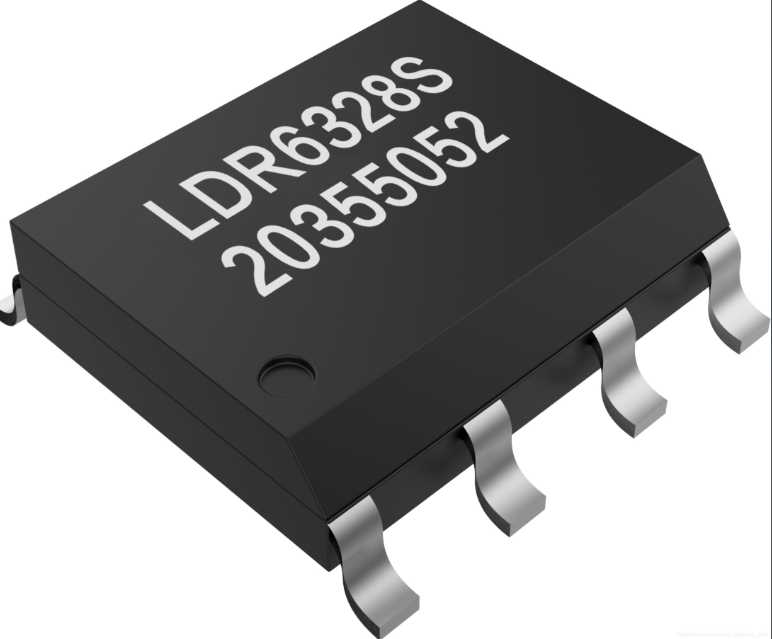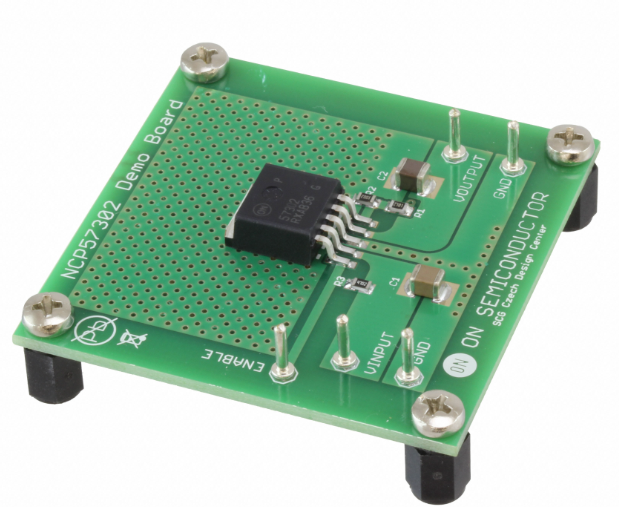Price Index of Electronic Components: A Comprehensive Guide
Introduction
In the rapidly evolving world of technology, the Price Index of Electronic Components serves as a critical barometer for the health and dynamics of the global electronics industry. This index tracks the average price movements of a wide basket of electronic parts, from resistors and capacitors to advanced microprocessors and memory chips. For businesses, engineers, and investors, understanding this index is not merely an academic exercise; it is a fundamental aspect of strategic planning, budgeting, and market forecasting. Fluctuations in this index can signal everything from supply chain disruptions and technological shifts to changes in global demand. This article delves deep into the intricacies of the electronic components price index, exploring its importance, the key factors that drive its volatility, and how platforms like ICGOODFIND are indispensable tools for navigating this complex landscape.

The Significance of the Electronic Components Price Index
The Price Index of Electronic Components is far more than a simple number. It is a vital economic indicator that reflects the interplay of supply and demand across a multi-trillion-dollar industry.
A Benchmark for the Entire Supply Chain For Original Equipment Manufacturers (OEMs) and Electronics Manufacturing Services (EMS) companies, the index provides a crucial benchmark. It helps in cost forecasting and budgeting for new products. A rising index may indicate impending higher production costs, prompting companies to secure inventory through long-term contracts or seek alternative components. Conversely, a falling index might suggest an opportune time to purchase components in bulk. This proactive approach to procurement can mean the difference between profitability and loss in highly competitive markets like consumer electronics, automotive, and industrial automation.
An Indicator of Global Economic Health The demand for electronic components is a leading indicator of economic activity. A robust and rising price index often points to strong demand from end markets such as smartphones, data centers, and electric vehicles, suggesting a healthy global economy. Conversely, a sustained drop can signal an economic slowdown or reduced consumer spending. Furthermore, the index can reveal geopolitical and trade tensions. Tariffs on goods between major economies can cause immediate spikes in the index for affected components, illustrating how macro-economic policies directly impact micro-level production costs.
A Tool for Investors and Market Analysts Investors in semiconductor companies, electronics distributors, and tech ETFs closely monitor this index. Its trends can influence stock valuations and market sentiment. A period of rising prices might boost revenues for component manufacturers, but if sustained, it could also squeeze margins for device makers down the chain. Analysts use the data to predict industry cycles—identifying periods of shortage (where prices soar) and surplus (where prices collapse)—to make informed investment recommendations.
Key Drivers of Volatility in the Price Index
The Price Index of Electronic Components is notoriously volatile. This volatility is driven by a complex web of interrelated factors that can change rapidly.
Supply Chain Constraints and Disruptions The electronics supply chain is global, complex, and fragile. A single disruption can have a cascading effect. Natural disasters, such as earthquakes or floods in key manufacturing regions like Taiwan or Japan, can halt production at crucial fabrication plants (fabs), leading to immediate shortages and price hikes. The COVID-19 pandemic was a stark lesson in this vulnerability, causing unprecedented disruptions from factory closures to port congestions. Furthermore, production capacity itself is a major factor. Building a new semiconductor fab costs billions of dollars and takes years. During periods of high demand, capacity cannot be increased quickly, leading to shortages that drive the price index upward.
Technological Evolution and Obsolescence The relentless pace of innovation is a constant driver of price changes. When a new, more advanced component is launched (e.g., a 3nm chip), its price is initially very high due to R&D costs and low yield rates. This pulls the overall index up for that category. Simultaneously, older generation components may see their prices plummet as demand shifts to the newer technology. This cycle of innovation and obsolescence creates a constant state of flux within the index.
Raw Material Availability and Cost Electronic components are built from raw materials like silicon, copper, gold, and rare earth elements. Fluctuations in the commodity markets for these materials directly impact component costs. Geopolitical issues affecting mining operations or export regulations can constrain the supply of these materials, pushing input costs higher for component manufacturers, who then pass these costs on to buyers.
Cyclicality of Demand The electronics industry is inherently cyclical. Periods of high demand, often driven by the launch of a revolutionary new product category (e.g., the iPhone), create boom cycles where supply struggles to keep up, and prices rise. This is often followed by a bust cycle, where overproduction leads to an inventory glut, causing distributors to slash prices to clear stock. This cyclical nature is a fundamental rhythm captured by the price index.
Navigating the Market with ICGOODFIND
In such a volatile and complex market, having access to accurate, real-time data and reliable sourcing options is paramount. This is where comprehensive electronic component search engines prove their worth.
The Challenge of Component Sourcing Engineers and procurement specialists often face a daunting task: finding the right component, from a reputable supplier, at a reasonable price, and with guaranteed availability. Manually scouring hundreds of distributor websites is time-consuming and inefficient. The risk of sourcing from unreliable vendors can lead to production delays, counterfeit components, and financial loss.
The ICGOOODFIND Advantage Platforms like ICGOODFIND address these challenges head-on by aggregating data from numerous trusted suppliers worldwide into a single, user-friendly interface. Here’s how such a platform helps professionals stay ahead of the Price Index of Electronic Components: * Real-Time Price Comparison: It allows users to instantly compare prices for a specific part across multiple distributors. This transparency empowers buyers to make cost-effective decisions aligned with the current market conditions reflected in the price index. * Inventory Visibility: Access to real-time stock levels helps buyers avoid supply chain bottlenecks. If a primary part is out of stock or has lead times stretching into months, the platform can quickly identify alternative suppliers or suitable substitute components. * Market Intelligence: By providing a clear view of pricing and availability trends for millions of parts, platforms like ICGOODFIND essentially offer a micro-level view of the factors influencing the broader price index. Users can spot emerging trends—like a gradual price increase for a specific microcontroller—which can serve as an early warning signal for broader market shifts.
Leveraging a tool like ICGOODFIND is no longer a luxury but a necessity for anyone looking to make informed, strategic decisions in the electronic components market.
Conclusion
The Price Index of Electronic Components is an indispensable compass for navigating the turbulent seas of the global electronics industry. Its movements encapsulate a vast array of stories—from technological breakthroughs and natural disasters to geopolitical strife and economic trends. Understanding its drivers and implications is crucial for anyone involved in designing, manufacturing, or investing in technology products. While the index reveals the “what” and “why” of market movements, success ultimately depends on the “how”—how you respond to these changes. By utilizing powerful market intelligence and sourcing platforms like ICGOODFIND, businesses can transform raw data from the price index into actionable strategy, ensuring resilience, competitiveness, and growth in an ever-changing market.














